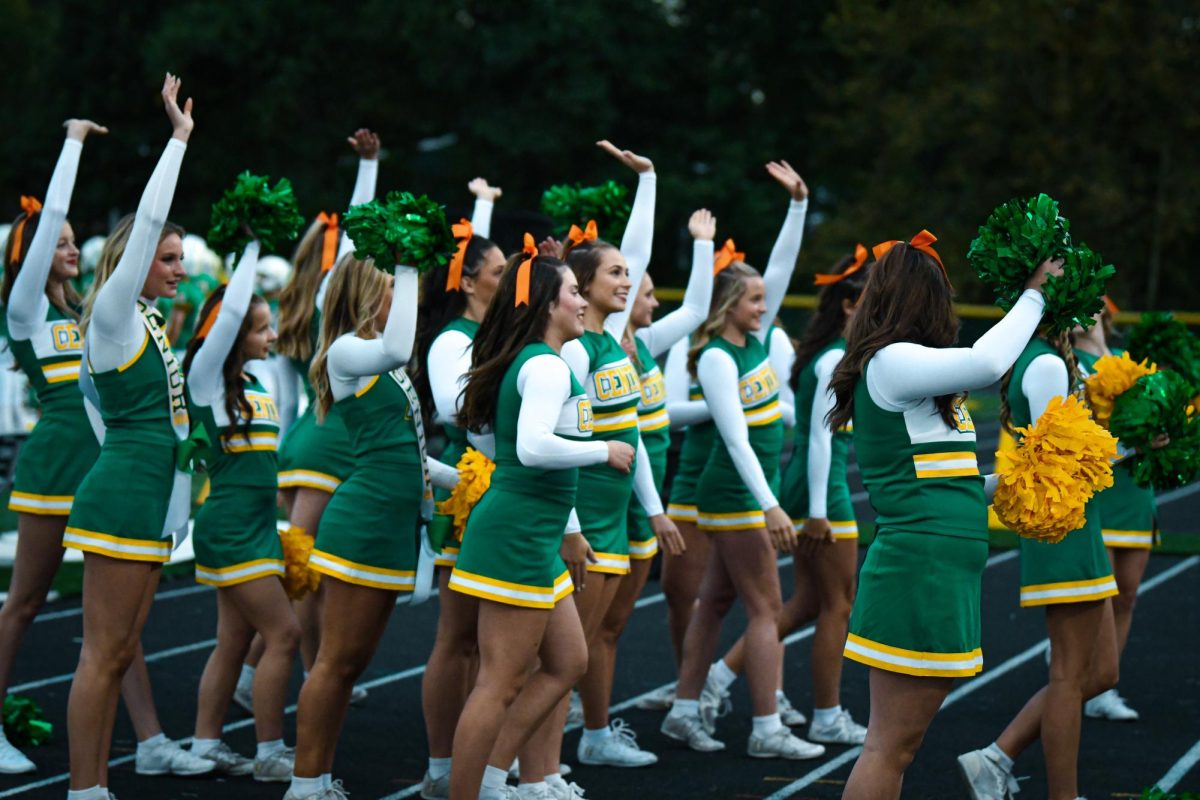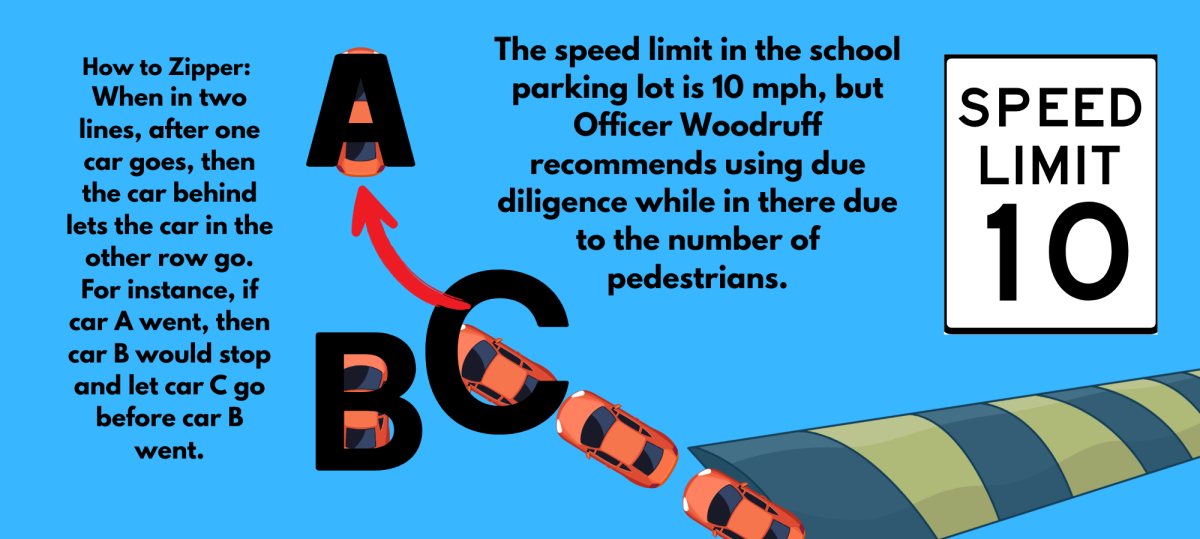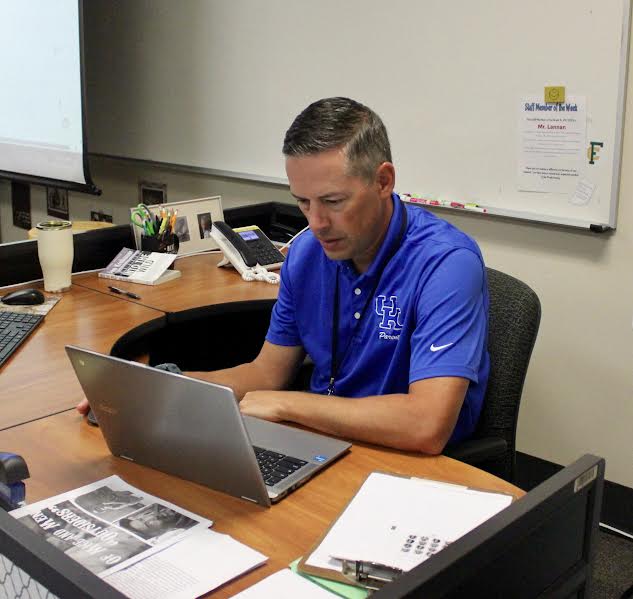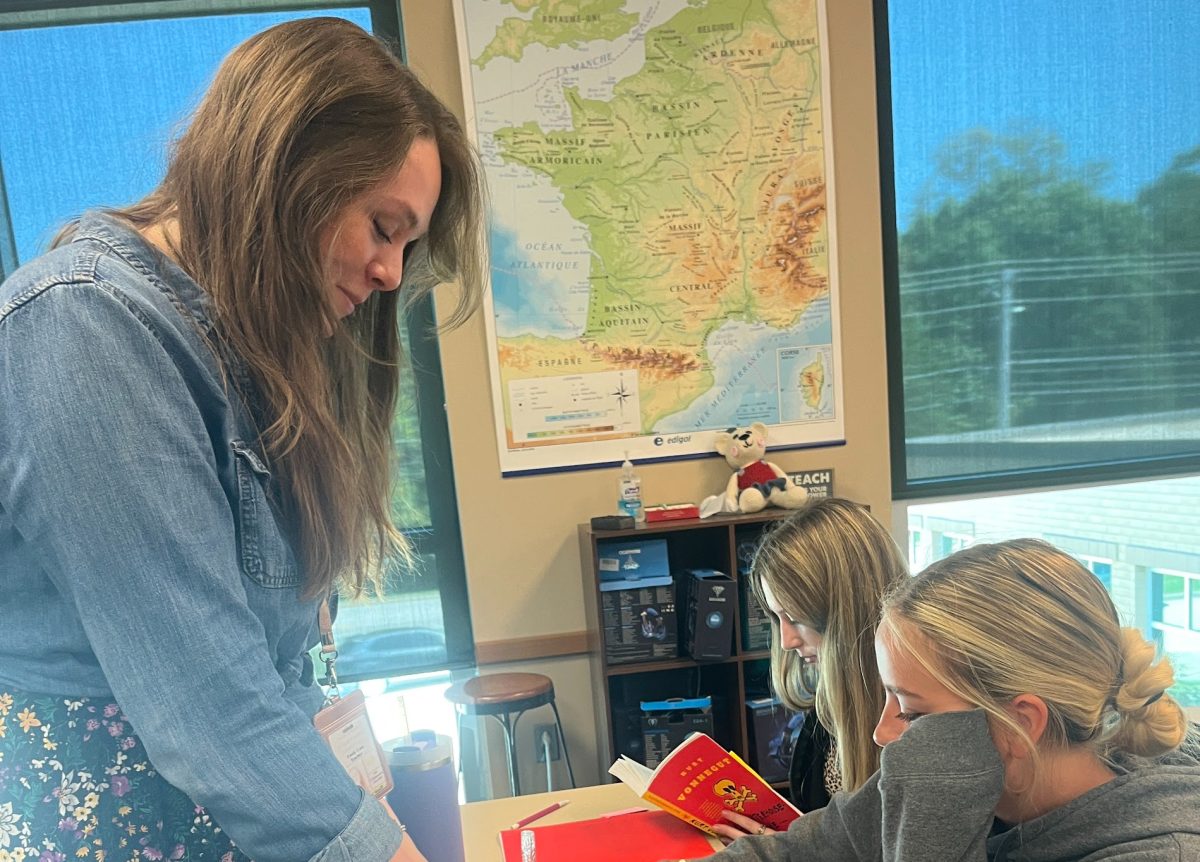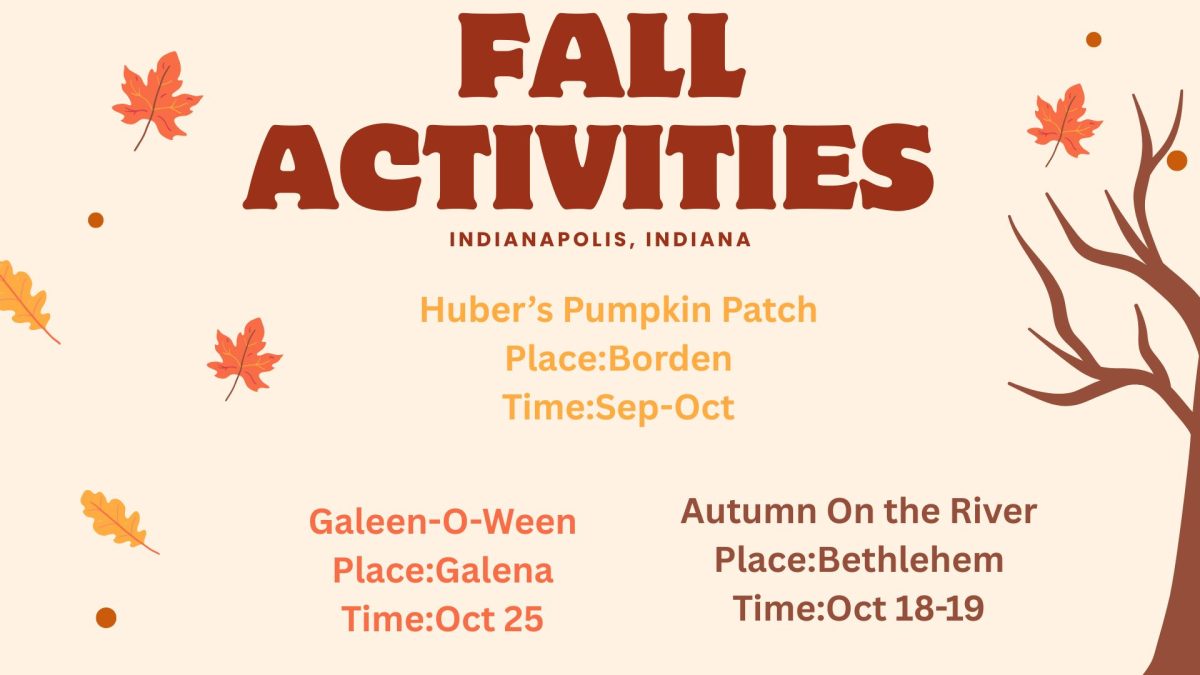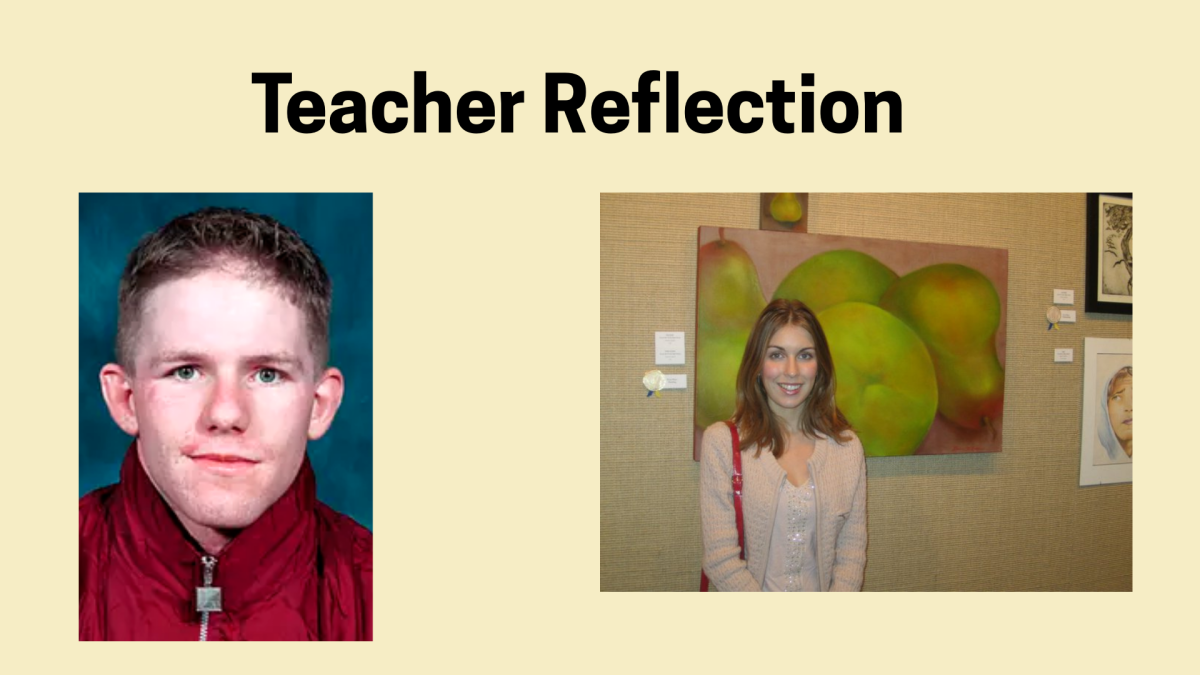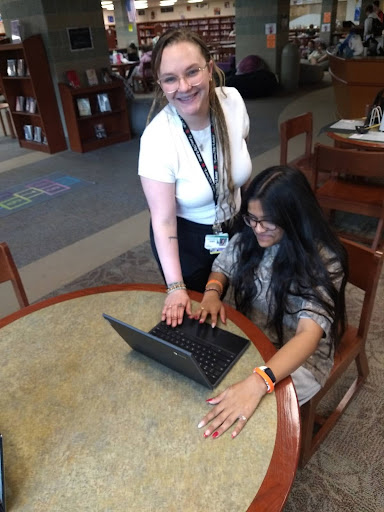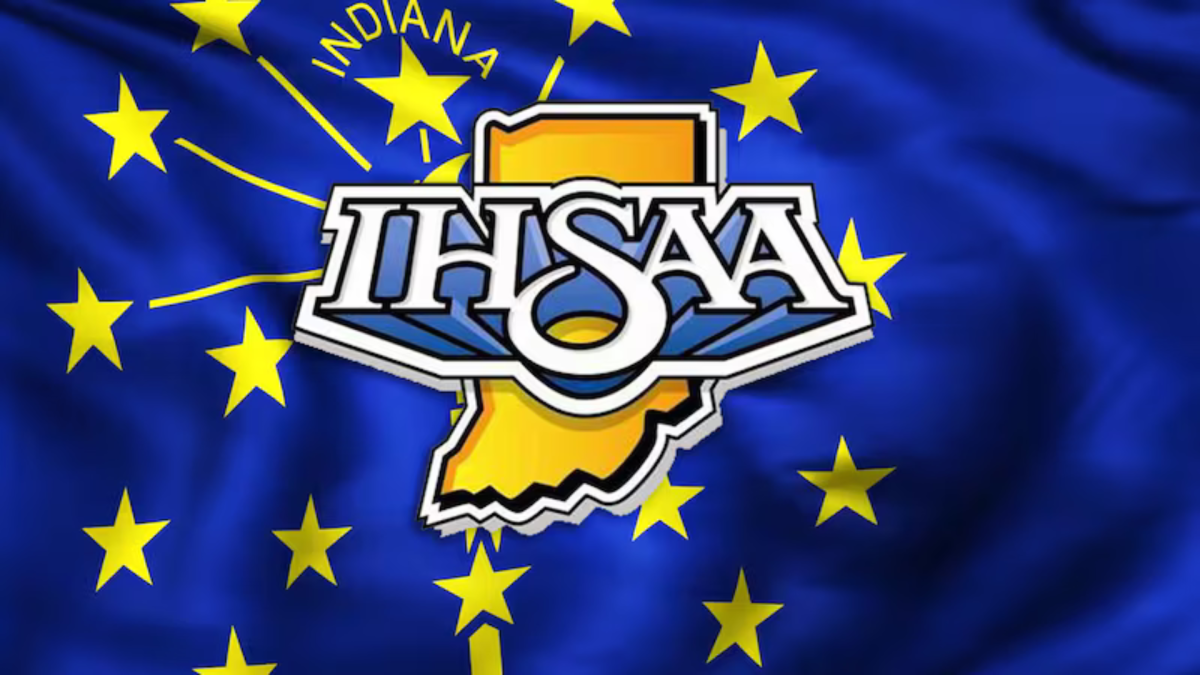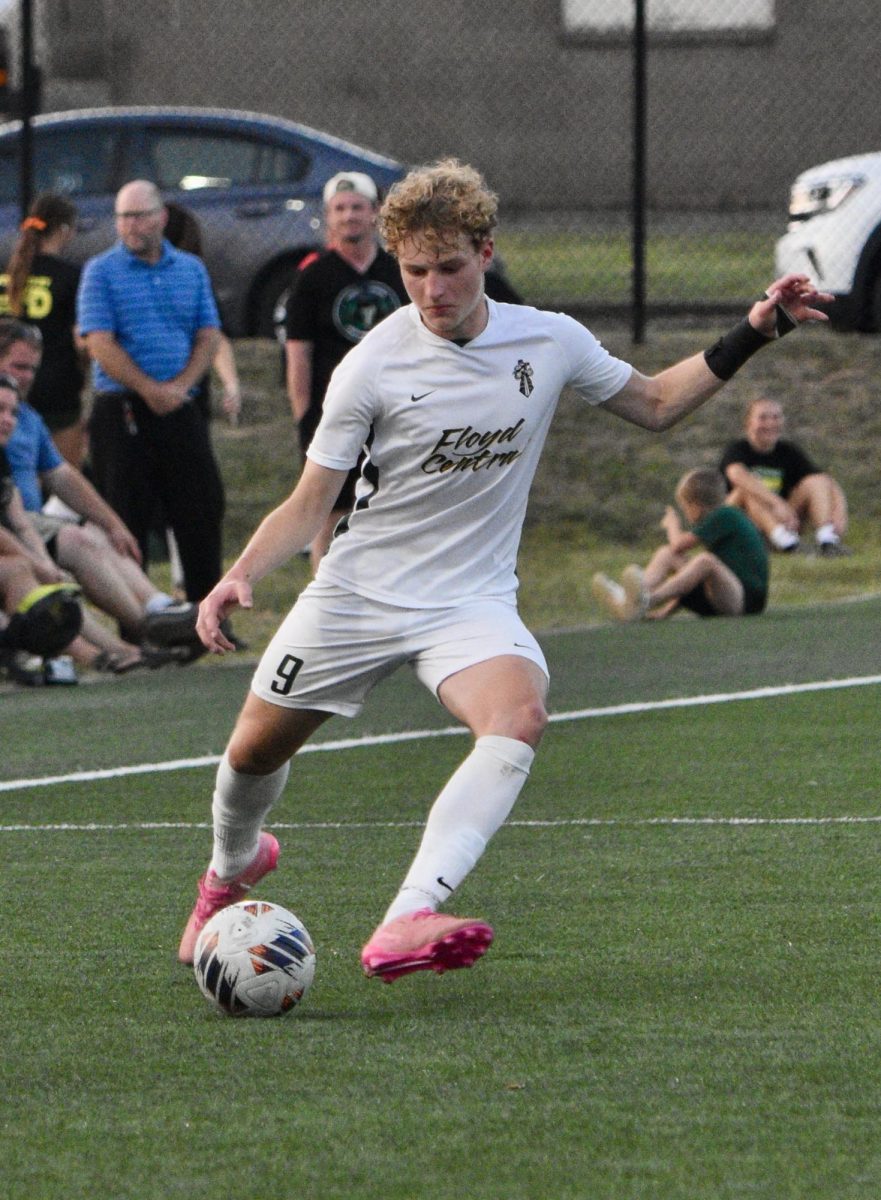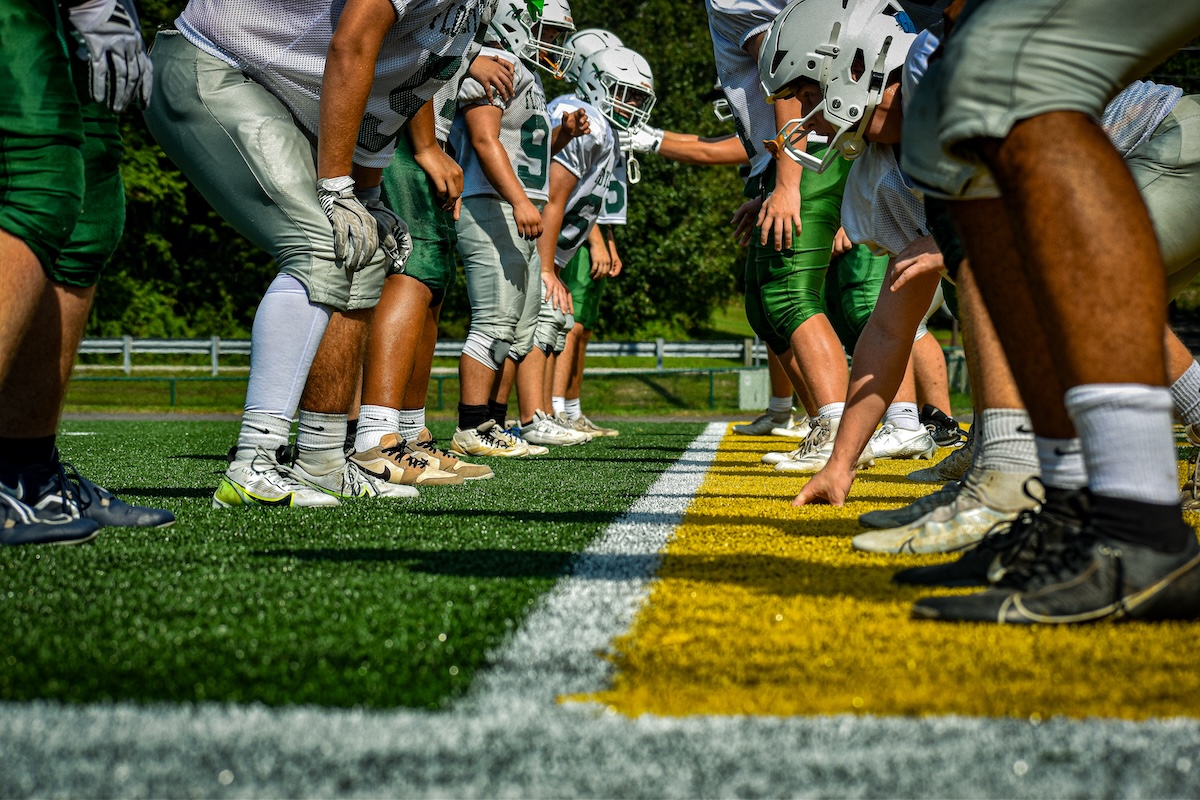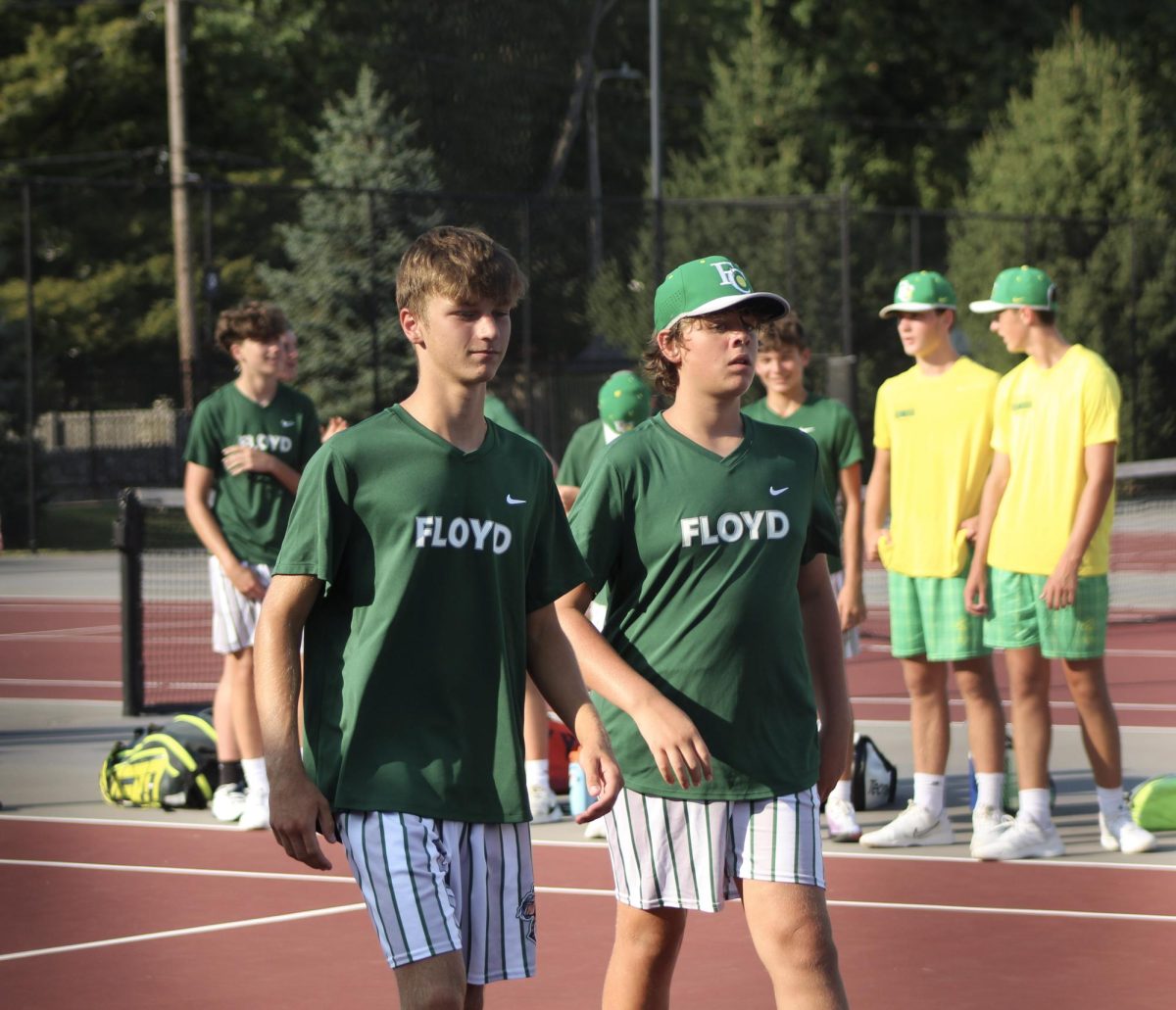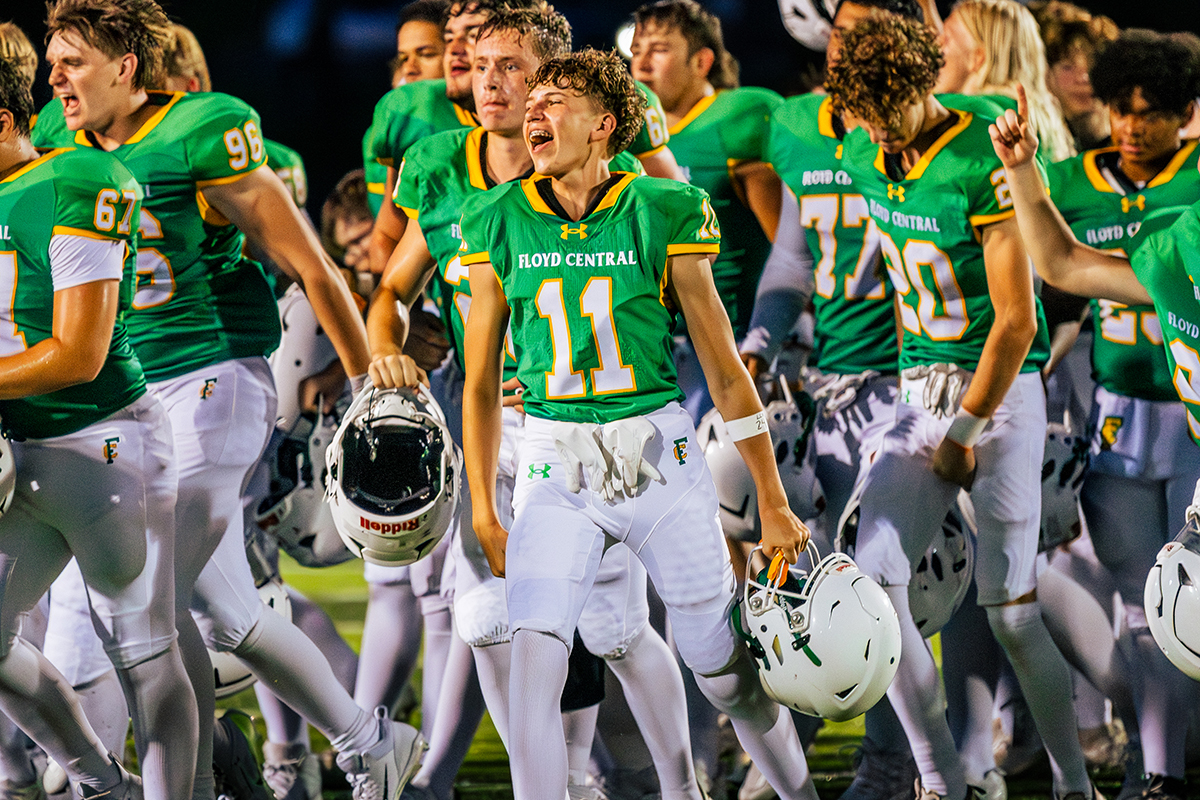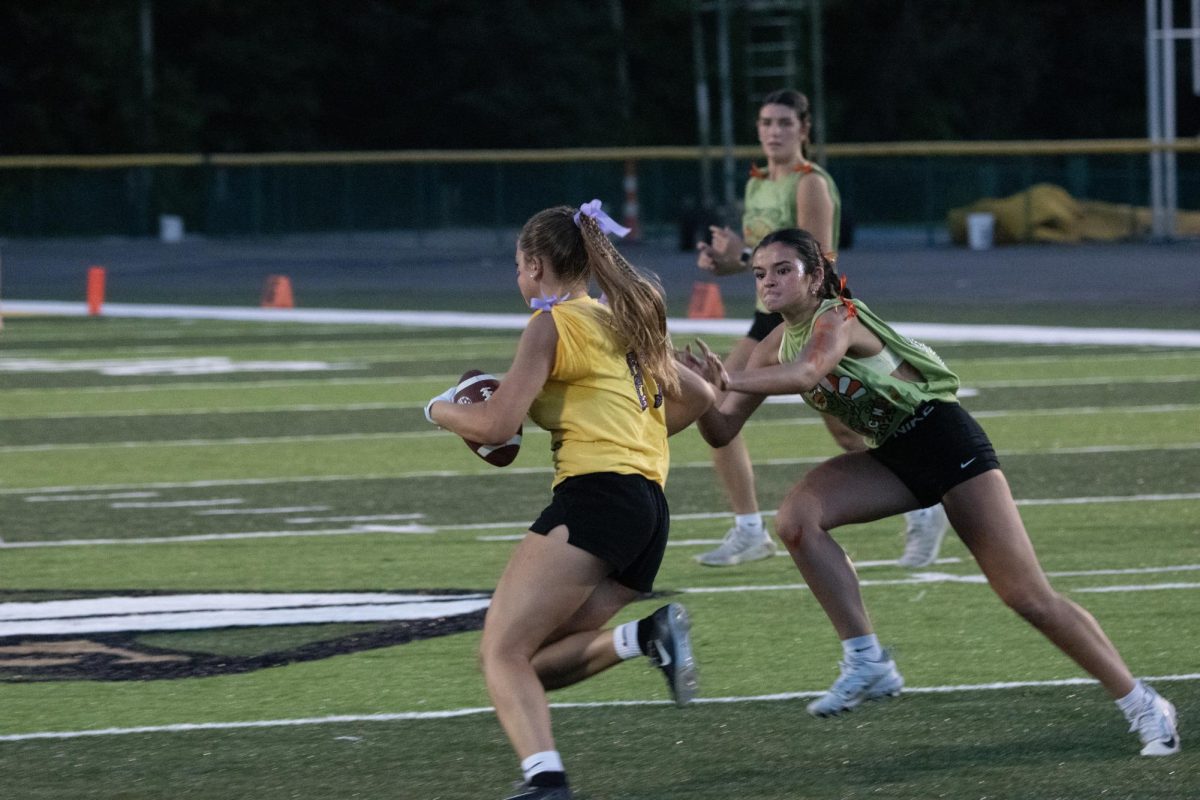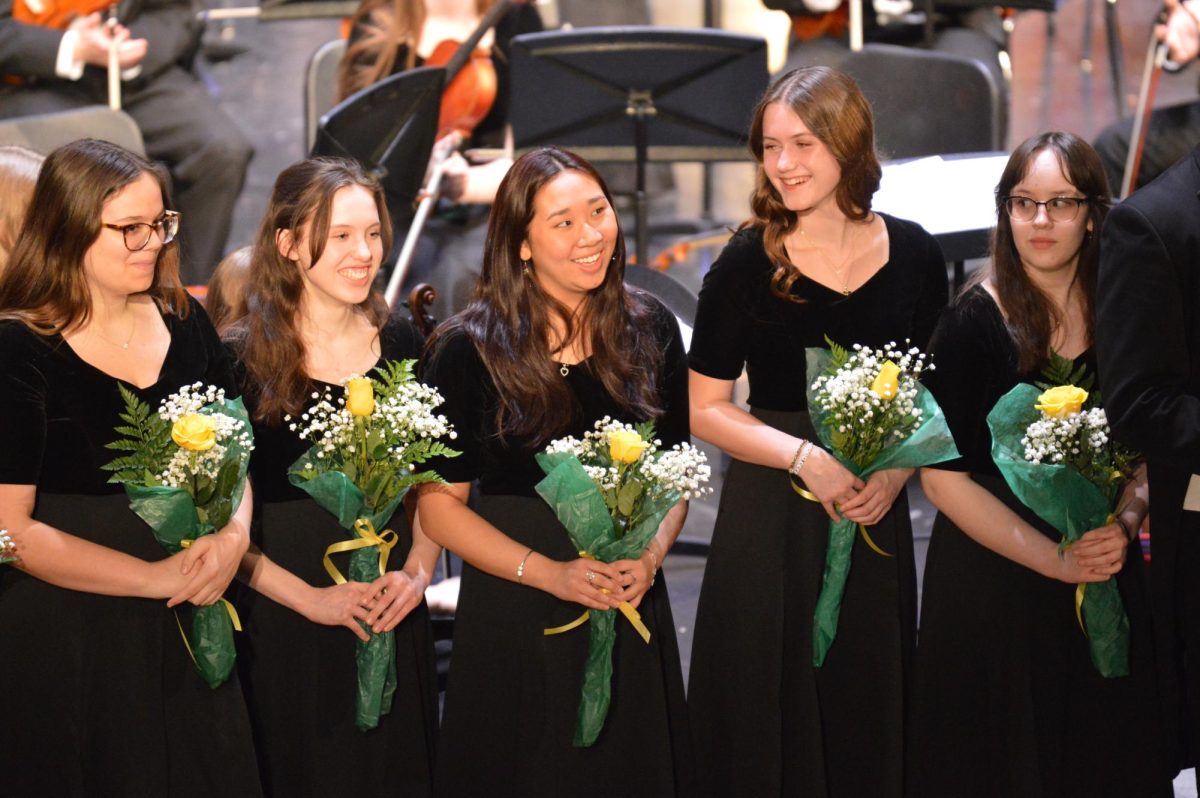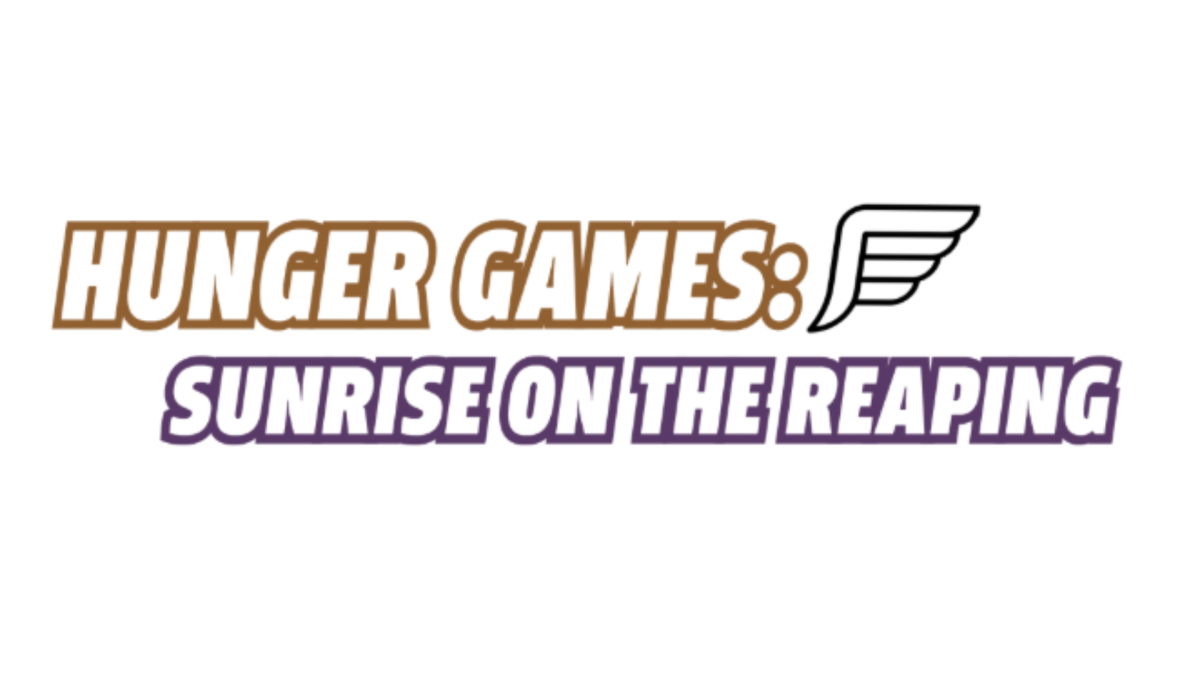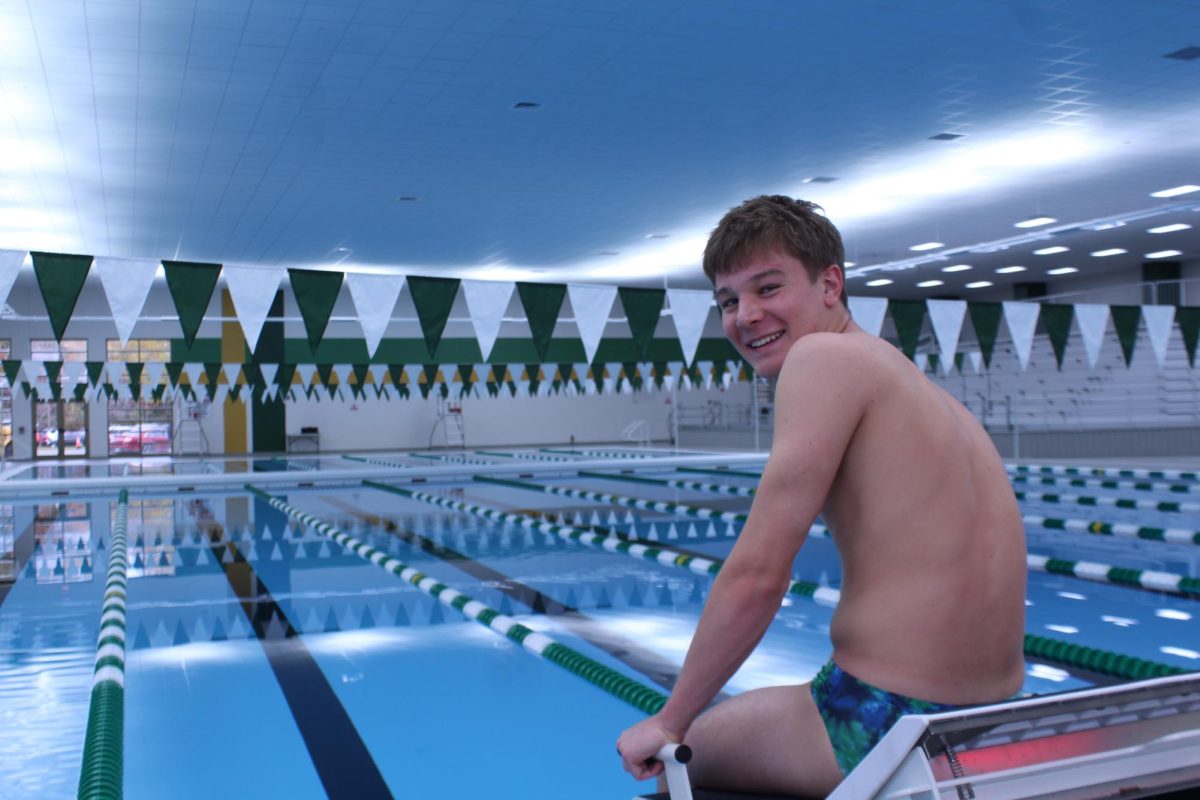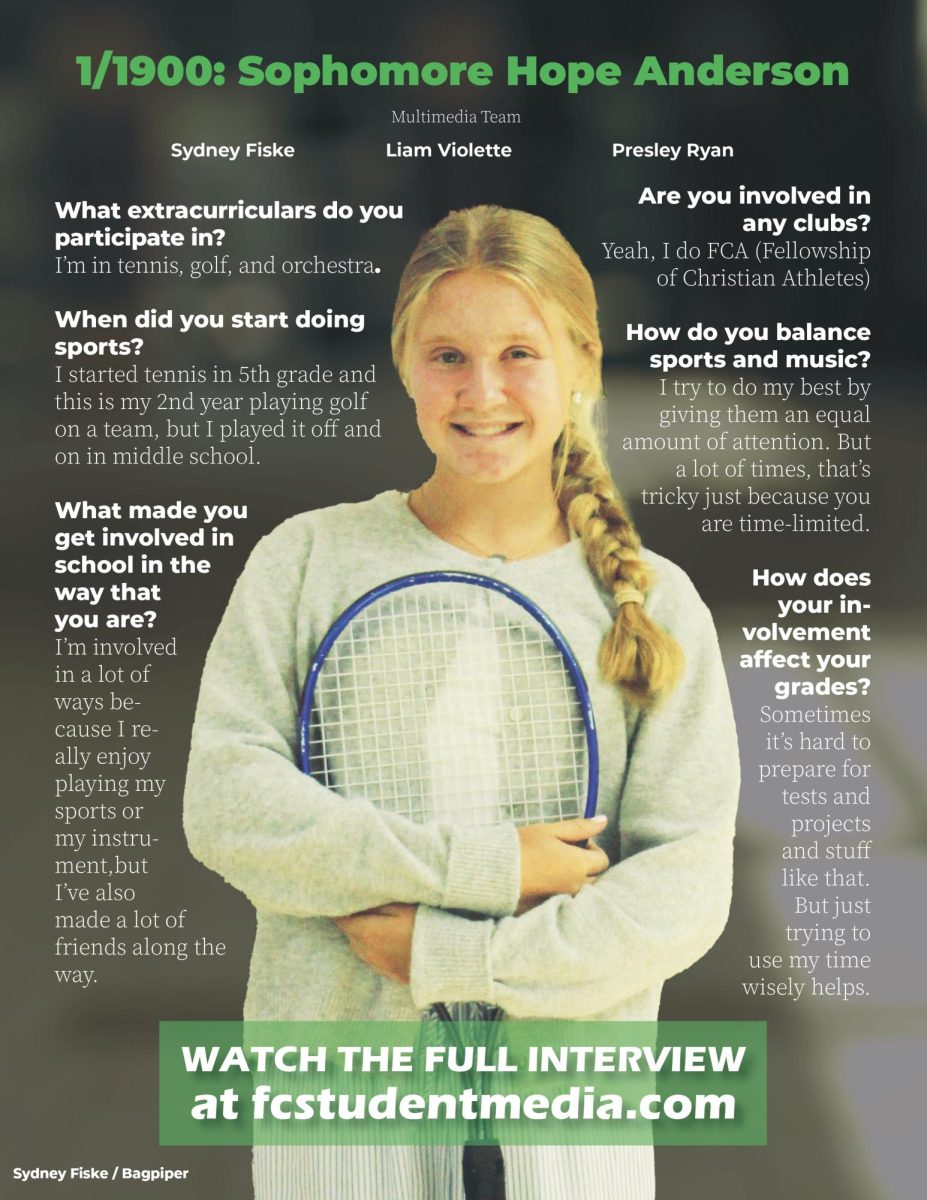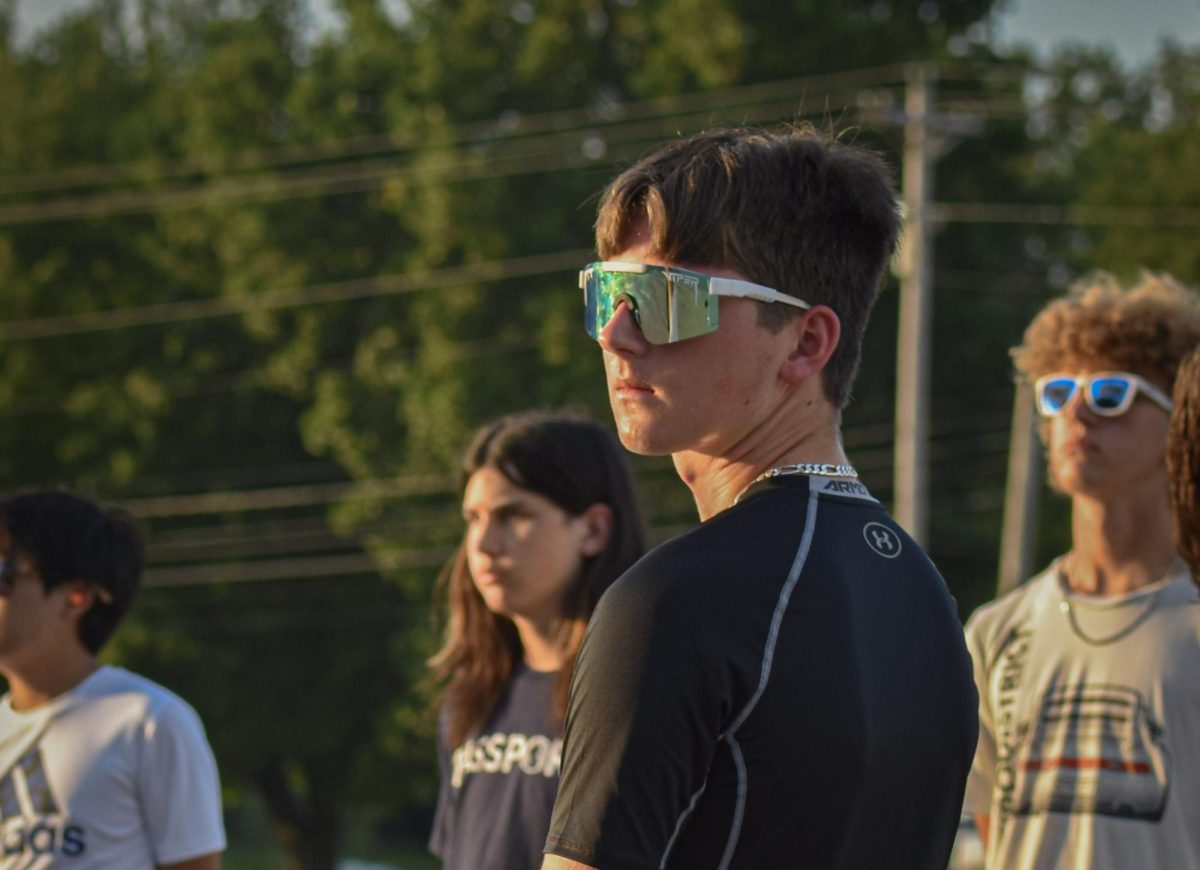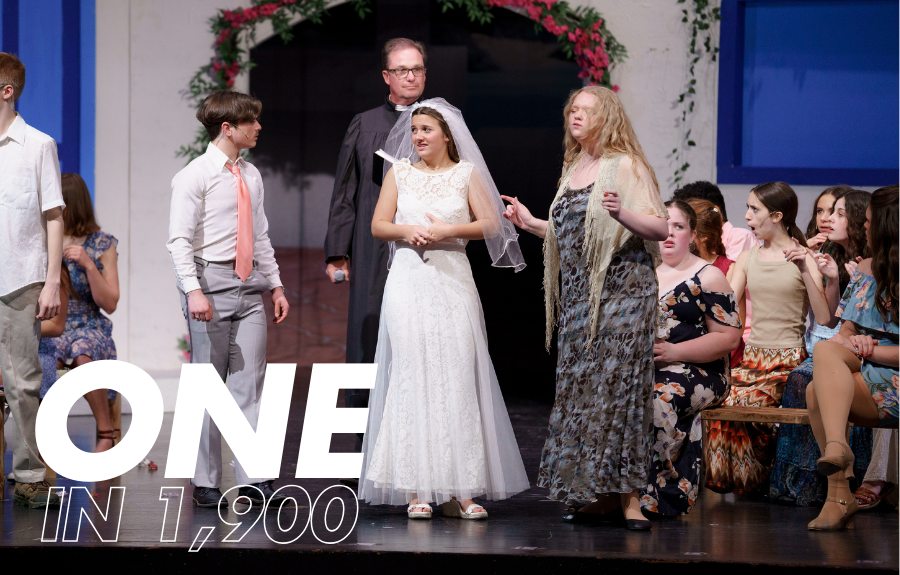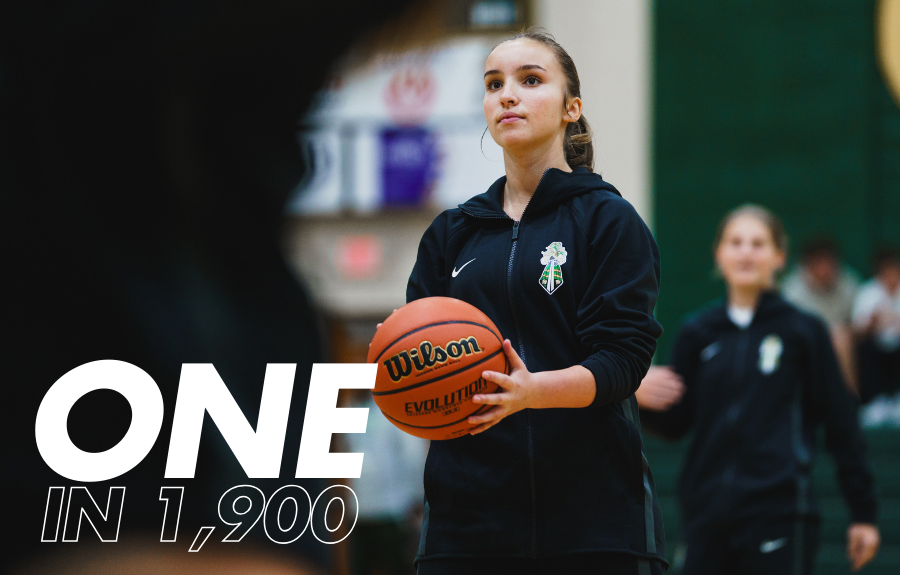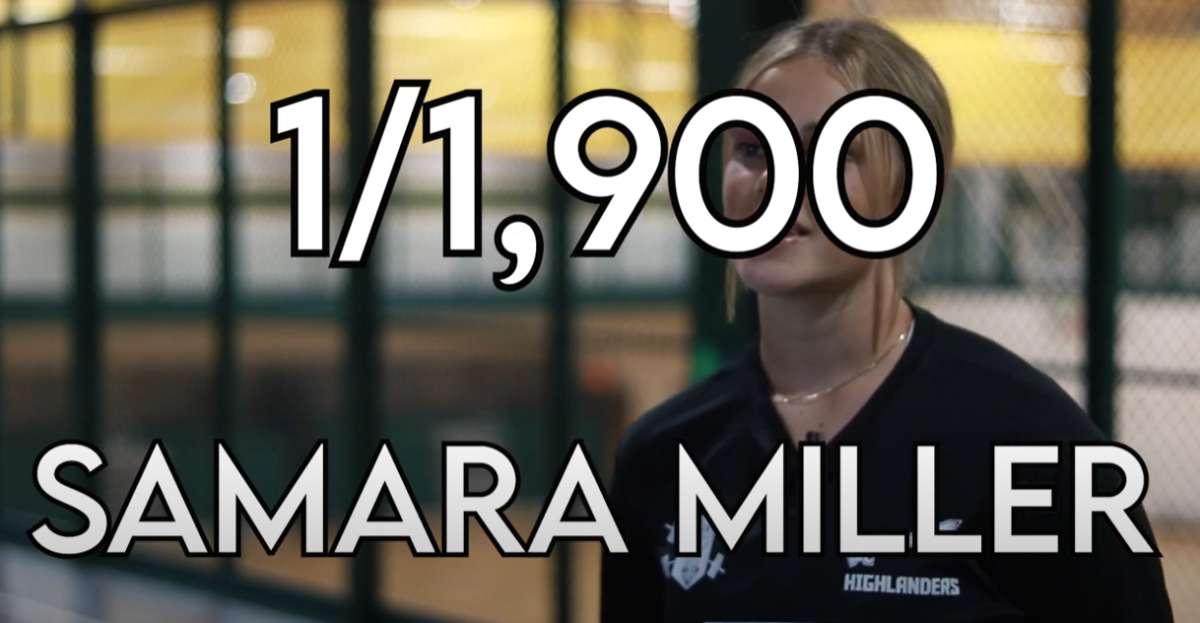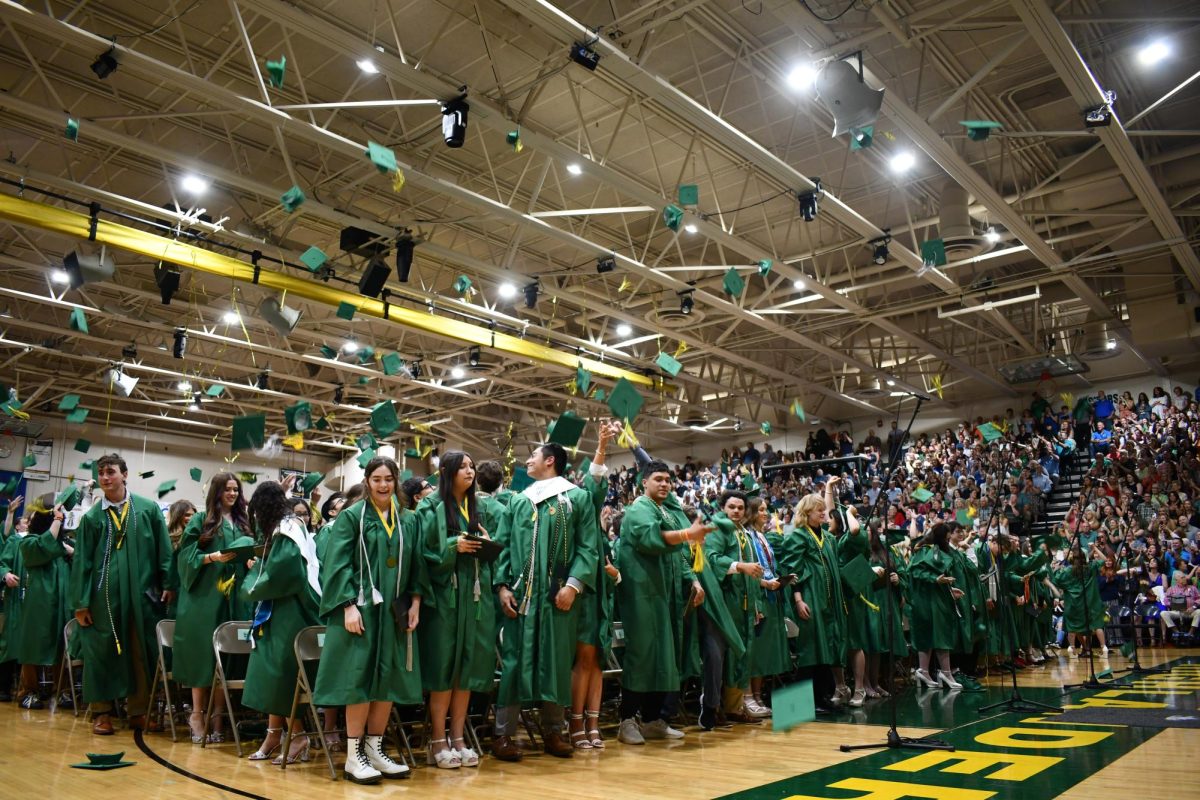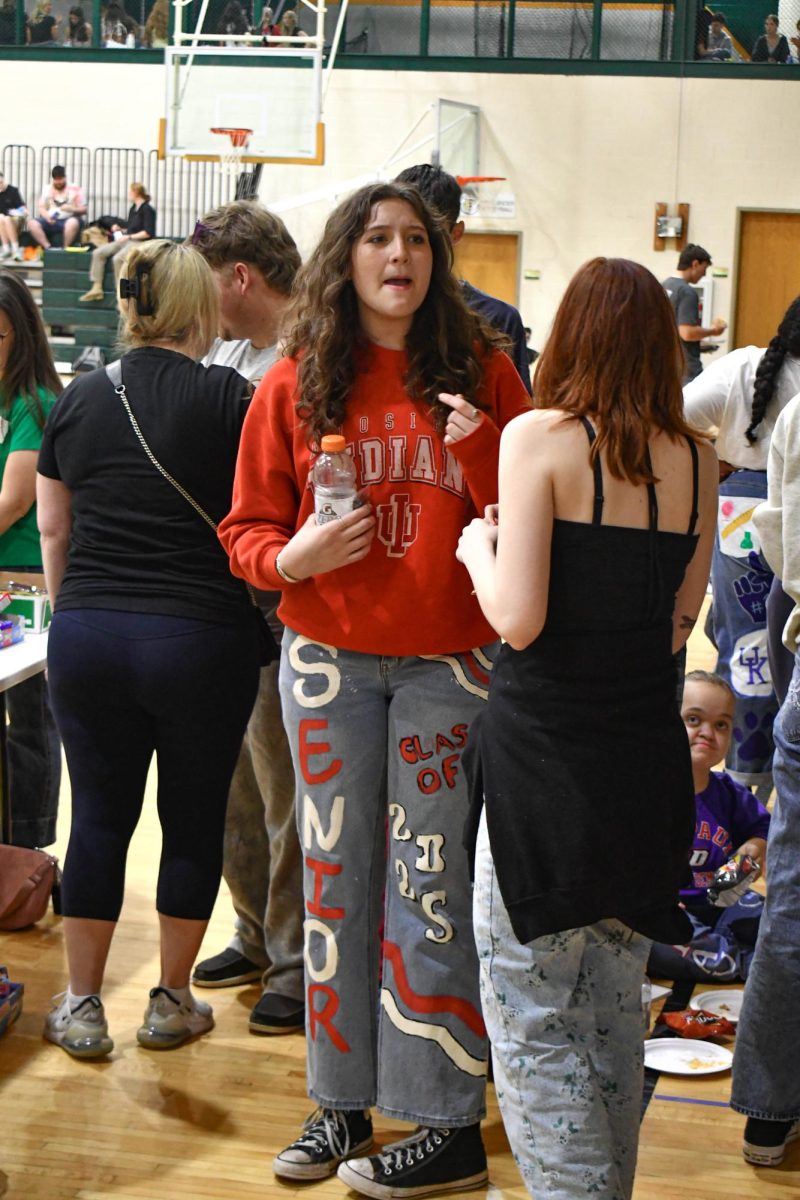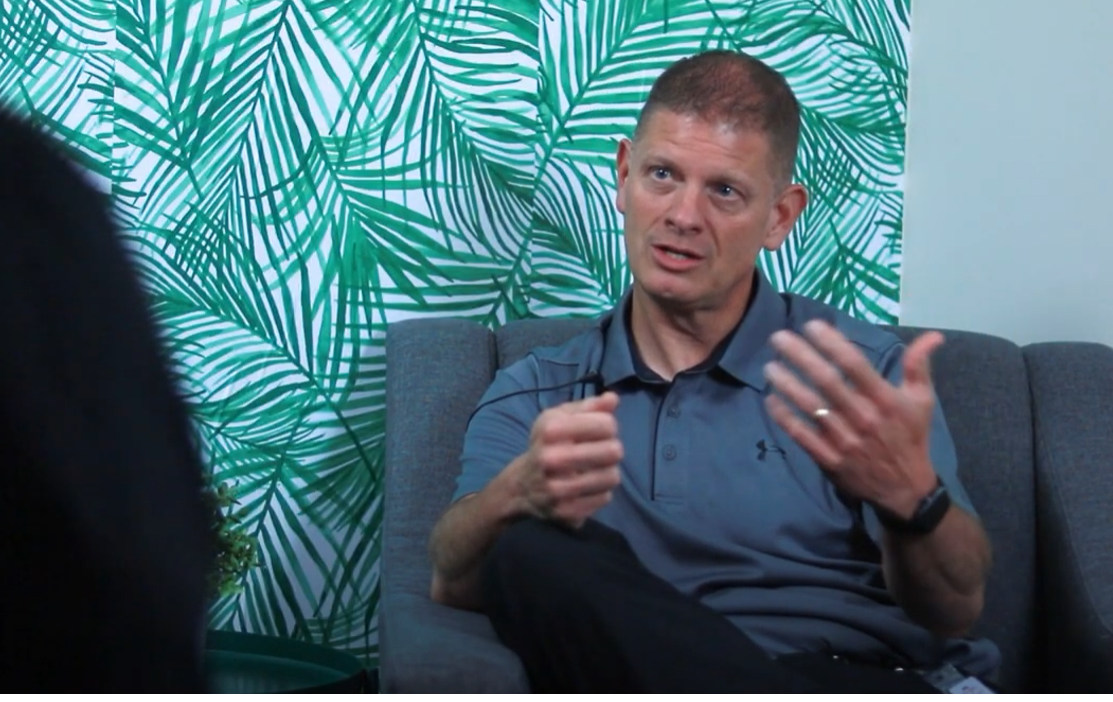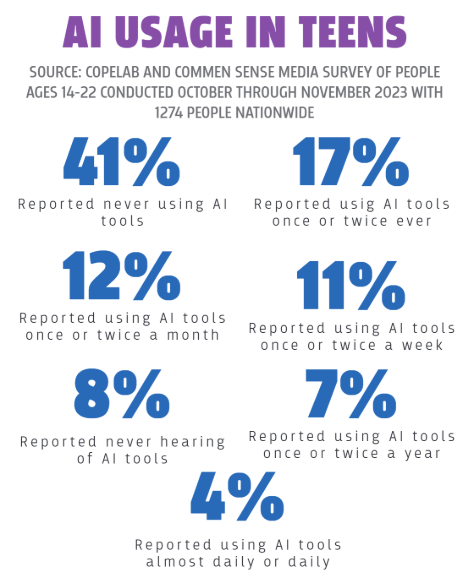 With Artificial Intelligence, anything is possible. Many students use AI for a multitude of reasons: homework, writing assignments, and even tests. But that is almost expected; many teenagers will go to any lengths to make sure they have to do as little work as possible. What is not expected is for Hollywood executives to use AI.
With Artificial Intelligence, anything is possible. Many students use AI for a multitude of reasons: homework, writing assignments, and even tests. But that is almost expected; many teenagers will go to any lengths to make sure they have to do as little work as possible. What is not expected is for Hollywood executives to use AI.
Yet they do. The films
Emilia Perez and The Brutalist used AI and were not only nominated for, but also won Academy Awards at the Oscars this year. The Brutalist star, Adrien Brody, won the Oscar for Best Actor, even though he needed to use AI to enhance his Hungarian accent in the film.
Films are not the only creative art that uses AI. Many people have been using AI art generators, such as Opera, to “create” art and use ChatGPT for writing books.
To many, this may seem like something that is not a big deal, it is a revolutionary tool that helps make art accessible to everyone, right? No, AI is a threat to the heart and soul that can be found in the creative arts.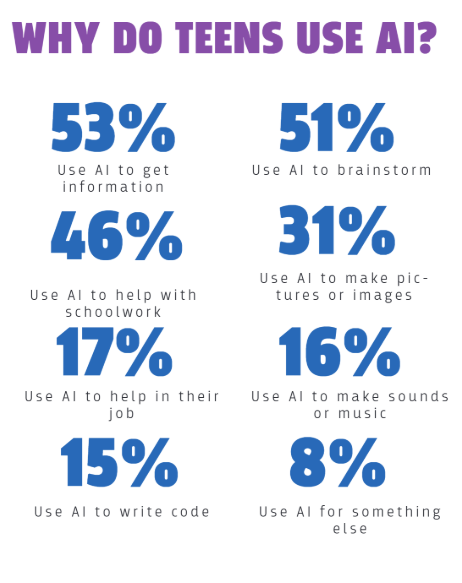 Many art pieces, like films and novels, are crafted by the artists’ life experiences, and their thoughts on real-world events. For example, Angie Thomas’s debut novel,
Many art pieces, like films and novels, are crafted by the artists’ life experiences, and their thoughts on real-world events. For example, Angie Thomas’s debut novel,
The Hate U Give, was in reaction to the police shooting of Oscar Grant.
People who use AI in the creative arts tend to claim it is making them more available to people of all backgrounds. This is incorrect, as Helen Keller, who is famed for being both deaf and blind, has written many books and even starred in a few movies.
Not all AI is bad. For example, a call center AI exists to support the work of human employees. It flags keywords to help call center agents during their calls, and alerts a manager if the call needs intervention.
But AI in art spaces aren’t helping people. The AI does not support art communities by telling them how to shade the tree or helping writers with the editing process; it only helps create something based off of many others’ work.
Since AI learns from human artists, writers, and filmmakers, the question of copyright infringement comes up. Is it an original idea when the AI learned from people’s art?
The big three image generators, OpenAI, Stability AI, and Midjourney, all learn from scraping millions of peoples images from the internet without their knowledge. This means that billion-dollar companies are using far smaller, and far poorer artists, writers and photographers to operate their site.
Some may argue that this is essentially the same as getting inspired by someone else’s work. This is incorrect because getting inspired by someone’s work does not equate to stealing it. When the occasional person does copy artwork or writing exactly, they get called out.
AI in creative spaces also devalues peoples work. The years, and sometimes even decades that someone puts into their work becomes less valuable when someone who has never tried the trade can create something that looks really good, but is essentially stealing work.
Although the use of AI in the creative arts is unlikely to stop, at the very least, there should be limitations on pieces that use it. Anything that uses AI should not be able to be published in any form and definitely should not be nominated for awards. It is not fair to the people who can do it without AI to be competing with someone who needs it.



